Electric vehicle charging network ChargePoint today announced a new partnership with Apple that sees its electric vehicle charging stations listed within Apple Maps.
Drivers can click on new Electric Vehicle Charger badges in Apple Maps to get directions to charging stations, find hours of operation, and get details on pricing.
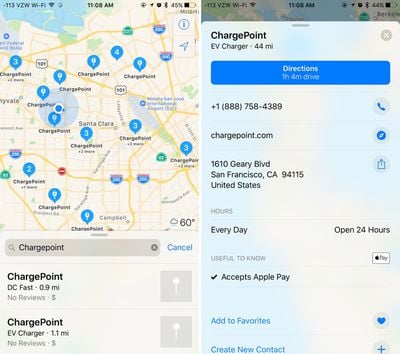
When at a ChargePoint charging station, iPhone users can start the charging process, pay for the charge, and see other station details through a Maps link that leads to the ChargePoint app. ChargePoint operates over 31,100 charging stations and has delivered more than 19,400,000 charges to electric vehicle owners.




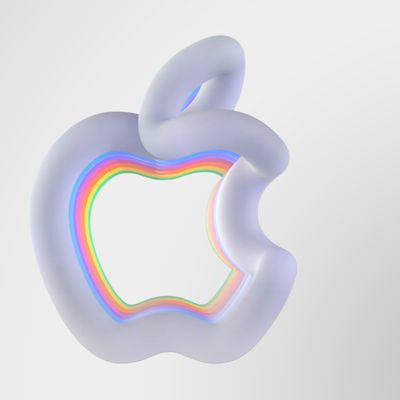

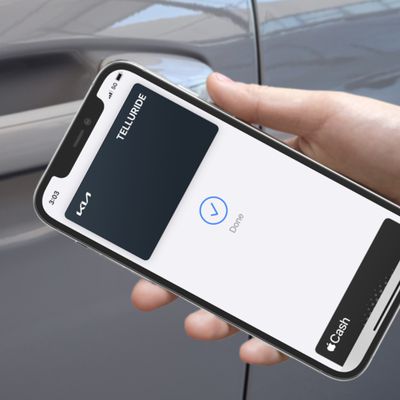
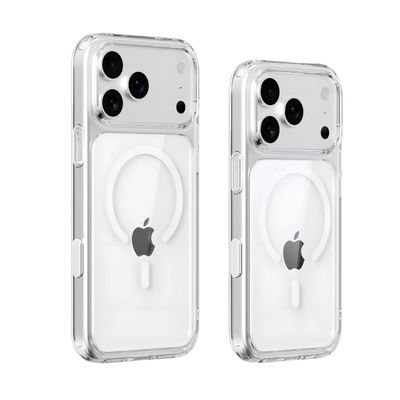

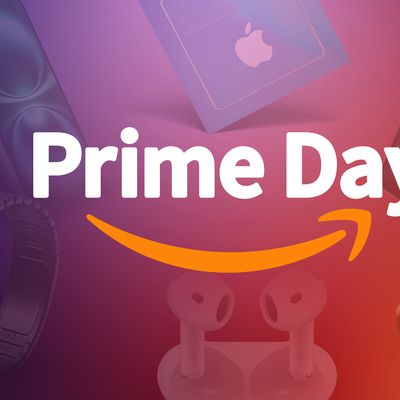








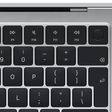
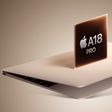
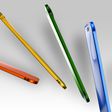

Top Rated Comments
J1772 - universal for all EVs. Slowest (~15-20mi/hr). Some are fee-for-service, some are not. Very common for businesses to install in EV-heavy areas. This is also the kind you would install at home for overnight charging.
CHAdeMO - used primarily by the Nissan Leaf for DC fast charging (~120mi/hr) - Teslas can also use these with adapters. Primarily fee-for-service, but some Nissan dealers have free ones for Leaf owners.
SAE+CCS combo - essentially J1772 plus two new pins for DC fast charging (again, ~120mi/hr) - starting to be used in more new EVs. BMW, Chevy are using this. No adapters for Tesla (yet, if ever). Almost all are fee-for-service.
Tesla - very fast (close to 300mi/hr in their current implementation). Proprietary, though Tesla have said that they're open to working with other companies to make it available to them. The patents are technically free and open for anyone to use, but they would not be able to authenticate with Supercharger stations without an agreement with Tesla for energy usage fees. Free for all Teslas built thru 2016, mostly free for Teslas built after.
Chargepoint's public network only includes J1772 and SAE+CCS as far as I know.
In Europe things are a lot easier -- they have Type 2 connectors for pretty much everything, including Teslas.
[doublepost=1481236422][/doublepost]Those cars use the CHAdeMO system, found mostly in Asia and on Asian EVs. It seems to be on the way out. Charging stations have to be few and far between in Nebraska anyway especially if you need CHAdeMO.